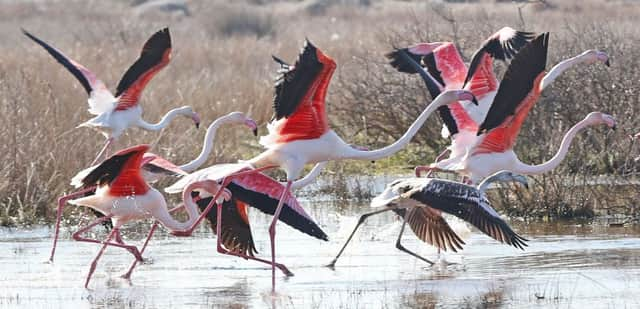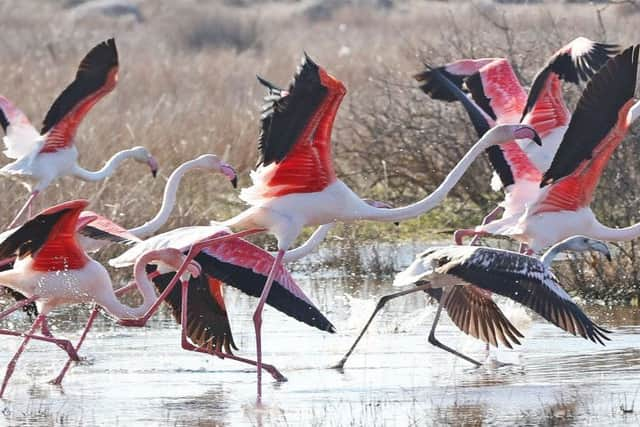Crowdsourcing brings Darwin to the online generation


Darwin’s discovery that breeds of finch varied from island to island, formed the basis of his research on the evolution of the species.
Some 180 years on, researchers in Sheffield have built on what he learned by harnessing 21st century technology.
Advertisement
Hide AdAdvertisement
Hide AdUsing computer-generated 3D models and a worldwide database, to which anyone can contribute, they have shed new light on how the distinctive beaks on different species of bird evolved.


Information from the public has helped ornithologists measure beak shapes from more than 2,000 types of bird, from the everyday to the exotic, which have been 3D-scanned from specimens at the Natural History Museum. The crowd-sourced data reveals that the most unusual beaks often evolved much faster than was previously thought.
Experts say the information adds to our knowledge of how evolution has played out over millions of years, with fast bursts of change as new groups emerged, and smaller changes in the years that followed.
Gavin Thomas, from Sheffield University’s department of animal and plant sciences, who led the project, said: “If Darwin could see our research, I don’t think he would be surprised. He would probably see it as confirming a lot of his thinking.”
Advertisement
Hide AdAdvertisement
Hide AdMr Thomas said the new research could be seen as “a natural step on” from Darwin’s studies on his five-week stay on the Pacific archipelago.


“With the efforts of our volunteers from across the world, we now have a unique new data set for the study of bird ecology and evolution,” he said.
His colleague, Dr Chris Cooney, added: “The great diversity of bird beak shapes has long fascinated biologists and naturalists alike, including Darwin himself. It is wonderful to be able to use the information to shed light on how variation in this important ecological trait evolved.”
The size and shape of birds’ beaks is influenced by their diet and the conditions in which they forage. The spoon-billed sandpiper, currently on the critically endangered list, is said to have evolved its unusual bill from sweeping its head sideways as it wades through silt, while the stork-like shoebill has a beak similar to a Dutch clog.
Advertisement
Hide AdAdvertisement
Hide AdTaking measurements from animals in the wild would be impossible, but the 3D models allowed the project to take flight.
Bird fanciers have been able to visit the website, markmybird.org, to examine the models.